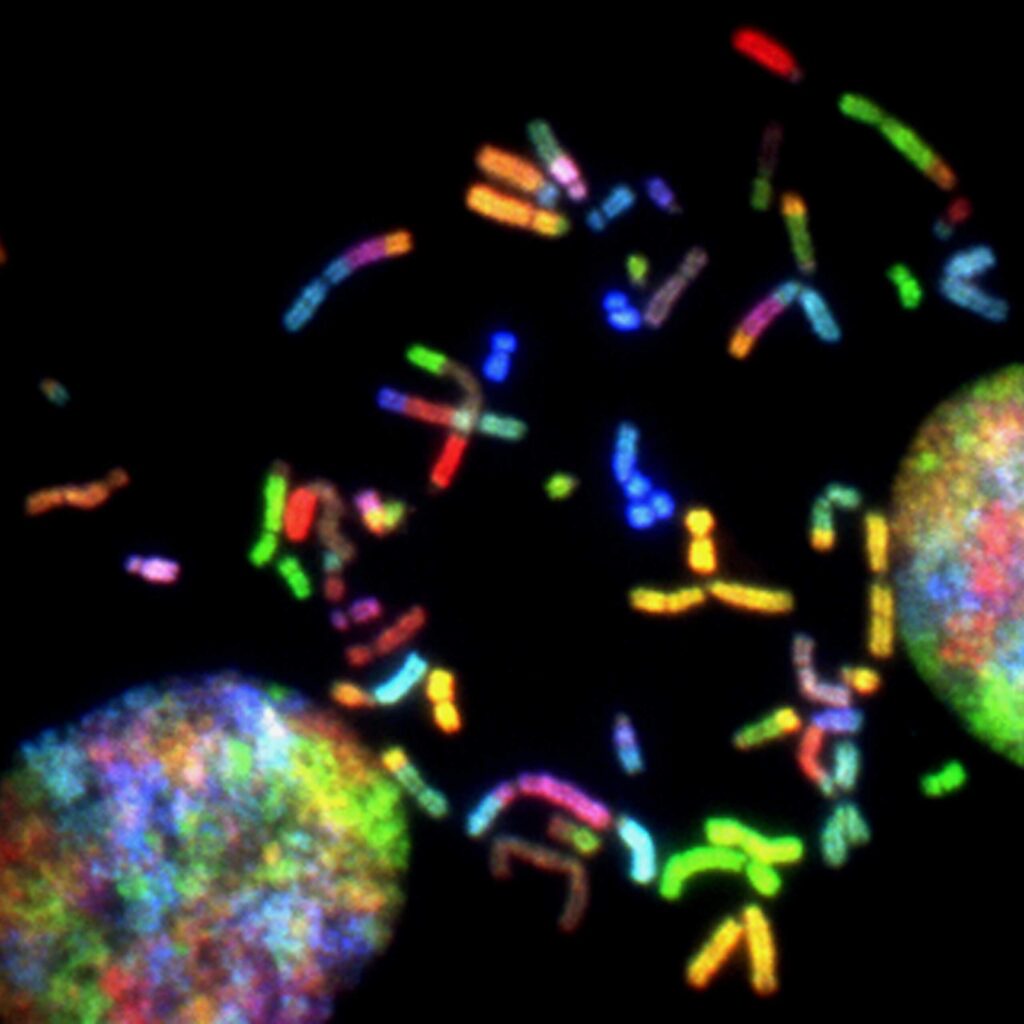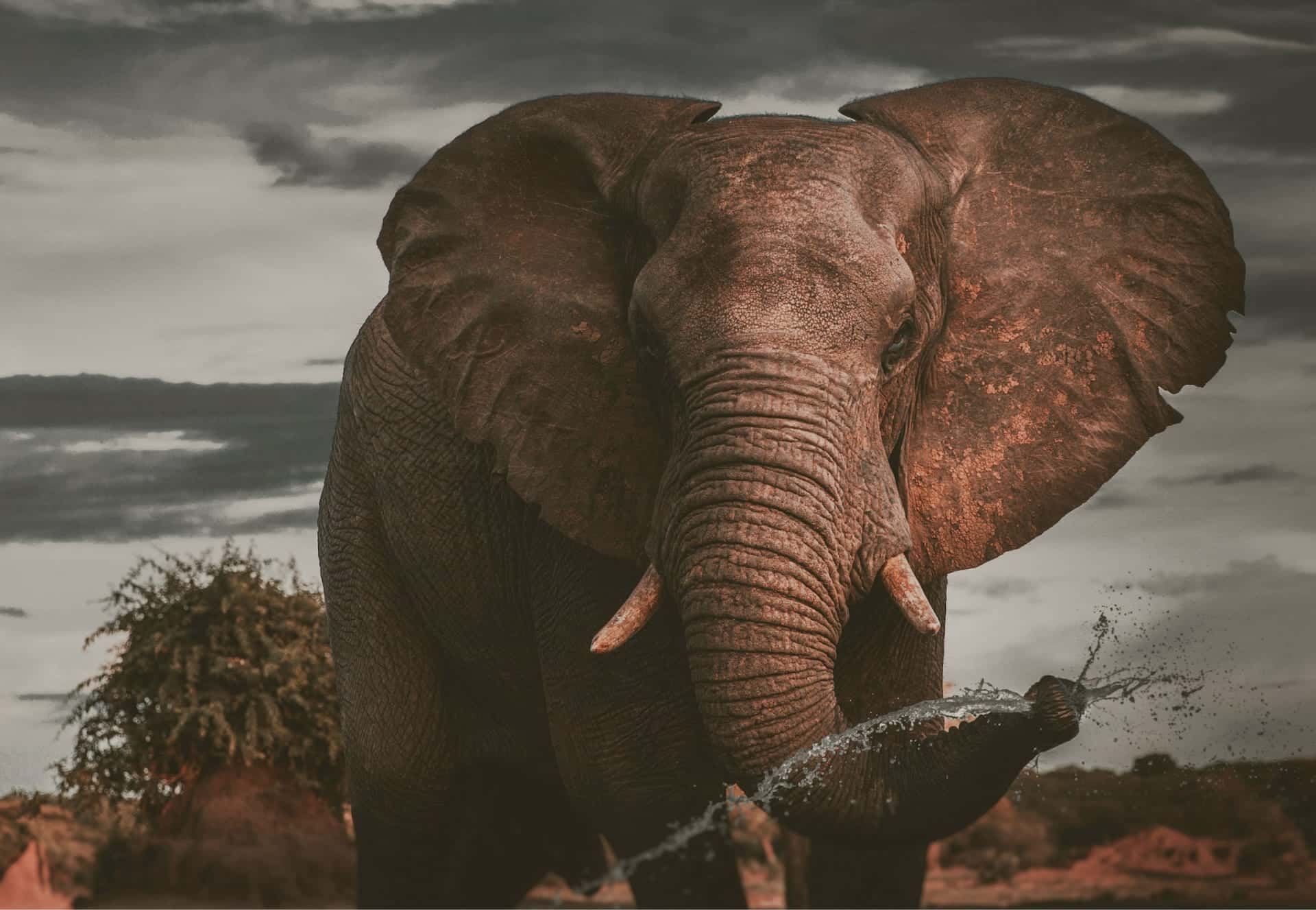Conservation status
The cheetah(Acinonyx jubatus), the only representative species of its genus, is currently listed as “Vulnerable” by the IUCN Red List.
Different stochastic processes as well as anthropological causes such as the destruction and uncontrolled fragmentation of their natural habitats, the associated reduction in number of their prey populations, their persecution for reasons associated with human-animal conflict or their capture for transfer to captivity to constitute a reserve gene pool, have caused severe reductions in the number of cheetahs in the wild and their historical extinction in Europe and America. This population decline has increased over the last century, with an estimated total of 8,000 animals on the African continent and about 50 in Asia.
Consequently, as would be expected, the genetic variability present in cheetah populations is quite low, as are the high rates of inbreeding or inbreeding, as closely related individuals reproduce among themselves due to the relatively variable reproductive isolation between population nuclei. Definitely, both conditions are at the origin of multiple undesired effects on the physiological-reproductive functionality of individuals.
Despite having been able to survive for thousands of years with such reduced levels of genetic diversity, it is essential to implement conservation programmes that include strict measures to protect and promote the viability of natural cheetah populations through genetic and reproductive management. Emerging environmental pressures such as climate change and the incidence of new pathogens could exacerbate the aforementioned negative consequences for the genetic status of cheetah populations and thus lead to further impacts on the conservation of animal biodiversity.
Cheetahs with stripes on their fur?
Sighted in 1926 in Zimbabwe, a specimen of cheetah with black stripes on its fur was to cause some disagreement among the scientific community as to whether it was a new, hitherto unknown species. Indeed, the first conclusions suggested the discovery of a species different from the commonly known cheetah, whose fur is covered with black, round, evenly distributed patches.
In this “rare” specimen observed, the circular black areas of the coat appeared to have merged into larger, irregular surface areas and multiple stripes of the same colour appeared along the rachis and shoulder region of the animal. The black colouration could also be seen more intensely. Popularly, this phenotypic variation was given the nickname “.king cheetah“.
Only a few years later, in 1981, the initial assumptions that pointed to the discovery of a different species within the genus Acinonyx were overturned when the birth in captivity of two cheetah cubs with this particular coat variation and whose mothers had the normal pattern of black circular spots was confirmed. Thereafter, hypotheses to explain this variation in coat colour and pattern in cheetahs shifted to focus on mechanisms of inheritance and genetic change.
What is a gene?
A segment of deoxyribonucleic acid (DNA) that contains the information necessary to control the expression and variability of a given trait or character in an organism and is passed on from generation to generation. In other words, it is the basic functional and physical unit of heredity.

Based on scientific evidence regarding the genetic control of coat colour in other cat species, a group of researchers proceeded to sequence (describe the chemical composition of a specific segment of DNA) the Taqpep(Transmembrane Aminopeptidase Q) gene in cheetahs with this particular coat variation.
The results obtained finally allowed us to elucidate the genetic control mechanism responsible for this variation: a mutation (change in the DNA sequence) in the Taqpep gene determines the appearance of areas of black hair of greater length and irregularity instead of circular patches of the same colour. On the other hand, the greater intensity of black colour observed is a consequence of the overexpression of the Edn3 gene(Endothelin3) in the dermal papillae, leading to greater production and deposition of the pigment melanin.
Reference
Anne Schmidt-Küntzel, Desiré L. Dalton, Marilyn Menotti-Raymond, Ezequiel Fabiano, Pauline Charruau, Warren E. Johnson, Simone Sommer, Laurie Marker, Antoinette Kotzé, and Stephen J. O’Brien (2018). Conservation genetics of the cheetah: Genetic history and implications for conservation. Cheetahs: Biology and Conservation, 71.





